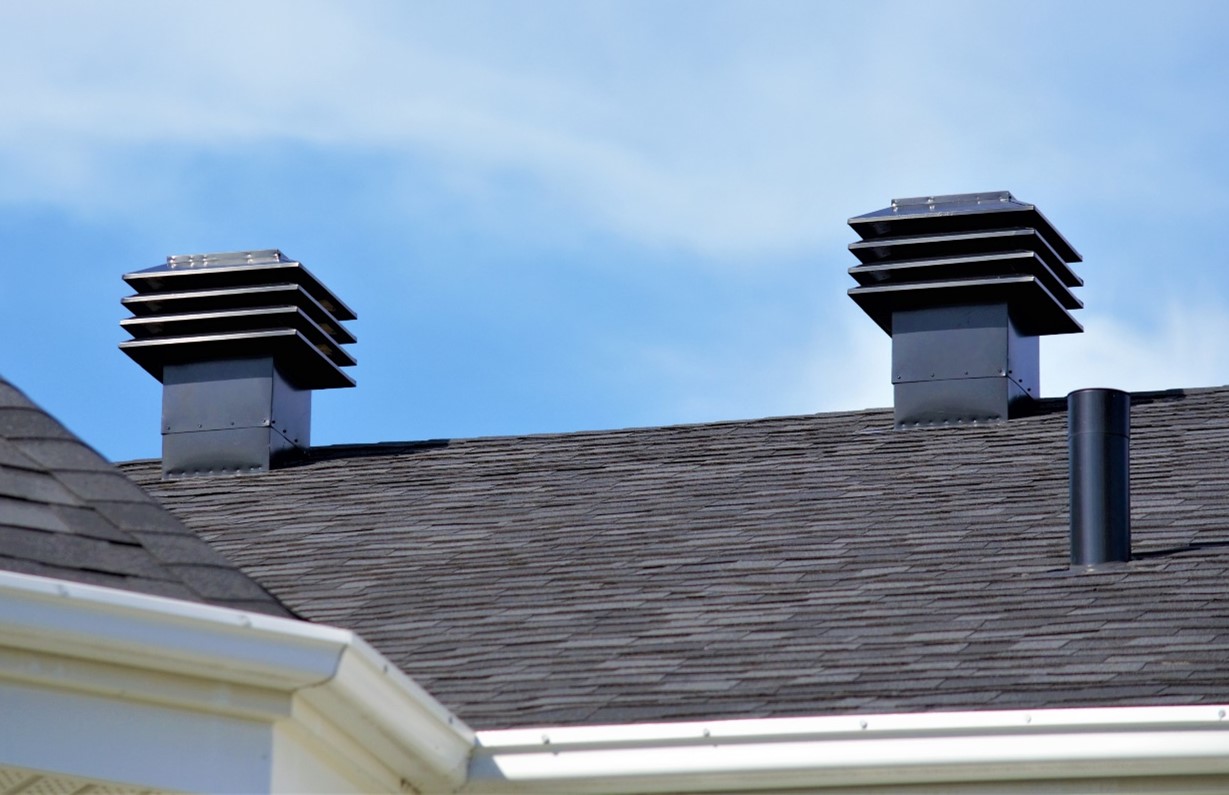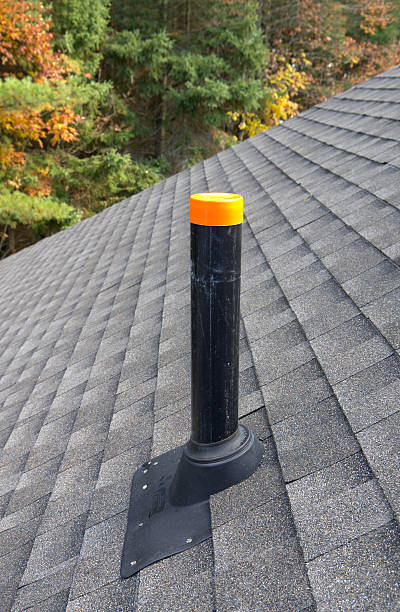Why Adequate Ventilation in Plumbing Systems
Why Adequate Ventilation in Plumbing Systems
Blog Article
Almost everyone has got their own unique perception about The Upsides of Proper Ventilation in Plumbing Design.

Correct ventilation in pipes systems is frequently forgotten, yet it is important for keeping the functionality and security of your home's pipes. Ventilation assists manage air pressure, protect against the build-up of hazardous gases, and make sure the reliable removal of waste. In this overview, we will discover the importance of correct pipes ventilation, exactly how it functions, and the benefits it gives your pipes system.
Understanding Ventilation in Plumbing
Air flow in pipes describes the network of pipelines that enable air to stream through the drainage system. These vents serve numerous objectives, consisting of controling air pressure within the pipelines, protecting against sewage system gases from going into the home, and aiding in the smooth circulation of wastewater.
Exactly How Ventilation Functions in Plumbing Equipments
Air Pressure Regulation
Appropriate ventilation preserves balanced atmospheric pressure within the pipes system. When water moves via pipelines, it displaces air. Without sufficient air flow, this displacement can create negative stress, causing reduce drains or siphoning of water from traps, which can create unpleasant smells to permeate into the home.
Protecting Against Sewer Gas Accumulation
Among one of the most crucial functions of plumbing vents is to avoid sewage system gases, such as methane and hydrogen sulfide, from gathering within the home. These gases can posture serious health risks and are highly flammable. Vent pipelines permit these gases to run away securely outdoors.
Helping in Waste Removal
Ventilation aids in the reliable removal of wastewater by stopping airlocks in the drainage system. When air can move openly with the vents, it allows water and waste to stream smoothly with the pipelines, reducing the risk of blockages and back-ups.
Kinds Of Plumbing Vents
Key Heap Vent
The primary stack vent, also called the vent stack, is the main vent in a plumbing system. It prolongs from the primary drainpipe line up with the roof, permitting gases to run away and fresh air to get in the system.
Branch Vent
Branch vents connect to the main stack air vent and serve individual components, such as sinks, commodes, and showers. These vents guarantee that each component has adequate ventilation to operate appropriately.
Air Admission Shutoff (AAV).
An Air Admission Valve (AAV) is a one-way valve that permits air to enter the plumbing system without the demand for a standard air vent pipeline expanding through the roof covering. AAVs are typically used in improvements or areas where setting up a typical air vent is impractical.
Signs of Poor Ventilation in Plumbing.
Slow Draining Fixtures.
If your sinks, tubs, or toilets are draining slowly, it could be a sign of inadequate air flow. Poor air circulation can develop a vacuum effect, making it hard for water to drain properly.
Gurgling Seems.
Gurgling noises coming from drains are frequently a result of air being sucked with water traps because of negative stress in the pipes. This is a clear indicator of inadequate ventilation.
Unpleasant Odors.
Sewer odors inside your home are a warning that your pipes system is not correctly aerated. This might imply that sewer gases are not being effectively aired vent outside, leading to possibly unsafe conditions.
Typical Ventilation Errors.
Insufficient Vent Sizing.
Utilizing small vent pipelines can result in bad air circulation and pressure discrepancies in the system. It's important to use vents that fulfill the details needs of your pipes system.
Improper Vent Positioning.
Placing vents too far from the fixtures they offer can minimize their efficiency. Correct positioning makes sure that air can move freely and effectively with the system.
Ignoring Code Needs.
Building ordinance provide certain standards for pipes ventilation. Neglecting these codes can cause a system that falls short to work appropriately and might result in expensive fixings or health hazards.
Benefits of Appropriate Air Flow.
Boosted System Performance.
Properly ventilated plumbing systems operate more efficiently, with fewer clogs, faster draining, and less strain on the pipelines. This performance expands the life-span of the plumbing system.
Improved Air High Quality.
By protecting against sewage system gases from entering your home, appropriate ventilation contributes to better indoor air quality, making your living setting healthier and much more comfy.
Stopping Water Damages.
Ample ventilation assists avoid water from being siphoned out of catches, which can bring about drain gases entering the home and creating water damages in time.
Steps to Make Certain Appropriate Air Flow.
Consulting Plumbing Codes.
Constantly seek advice from regional pipes codes when creating or modifying your plumbing system. These codes give the needed standards for appropriate venting and guarantee your system meets safety and security standards.
Routine Examination and Maintenance.
Routine examinations can help determine possible air flow issues before they become major issues. Upkeep jobs, such as cleansing air vent pipelines and checking for blockages, are essential for maintaining the system in good working order.
Professional Installment.
For new installations or major adjustments, it's smart to hire a professional plumbing technician. They have the experience to make sure the ventilation system is correctly created and set up according to code.
Verdict.
Appropriate air flow is an essential element of any kind of plumbing system, making sure that it functions effectively and securely. By understanding the significance of air flow, identifying the signs of poor ventilation, and taking actions to keep your system, you can prevent costly issues and safeguard your home's air high quality.
Understanding the Role of Your Plumbing Vents in the Drainage System
The plumbing system in your home is more than just the kitchen sink, toilet, and bathroom. Some problems that arise within home plumbing are hard to detect because homeowners may not understand potential causes.
One part of the plumbing system that could cause you endless problems is the venting. The drain lines that run through your home and drain wastewater need proper venting to function properly. Faulty plumbing vents can lead to several problems that require the expertise of a plumber to check them out. Before finding experienced plumbing services, there are a few things to learn about plumbing vents.
Why vents are vital
Vents in the plumbing system lead to an outside area such as the roof or the back. The function of these vents is to keep sewer gases away from the drain pipes. They also establish seals in the drainage pipes that prevent the sucking back of waste gases into the home. Venting in the plumbing system also allows oxygen to get into the drainage system, which is an essential component in the breakdown of waste matter. The vents also ensure that the air pressure within the drainage system remains balanced, facilitating the flow of wastewater.
Possible problems
When the plumbing vents are problematic, one of the consequences is imbalanced water levels in the toilet. If you notice that the levels in the toilet bowl rise and fall all the time, then there may be something wrong with the vents.
Another issue is air bubble formation within the toilet. In most cases like these, the drain pipes are not receiving enough air. Lack of air pressure equalization is what leads to water flow problems. If you come across such issues in your home, make sure you call professional plumbers, such as the ones from Perfection Plumbing & Drain Cleaning Ltd.
Potential causes
Several scenarios can lead to some of the plumbing problems that homeowners suffer because of venting. One such scenario is the use of incorrectly sized vents. Usually, vents are the same size as the drain line to facilitate proper venting. Vents that are too small will lead to some plumbing issues. Another potential cause is fixtures that are not close enough to the vents. In this scenario, air forces itself through the traps of other fixtures, leading to gurgling sounds from toilets and sinks.
Most of these problems also happen with clogged vents. Tree leaves and debris can cause clogging when they make their way down a vent. Unclogging plumbing vents is a service that you can entrust to Saskatoon plumbers. They will know how to snake down vents and remove clogging stuck in fixtures.

I was shown that report on What Are Plumbing Vents and Why Are They Important? through a good friend on a different site. I beg you take the time to share this article if you enjoyed reading it. Thank you for your time. Come back soon.
Check This Out Report this page